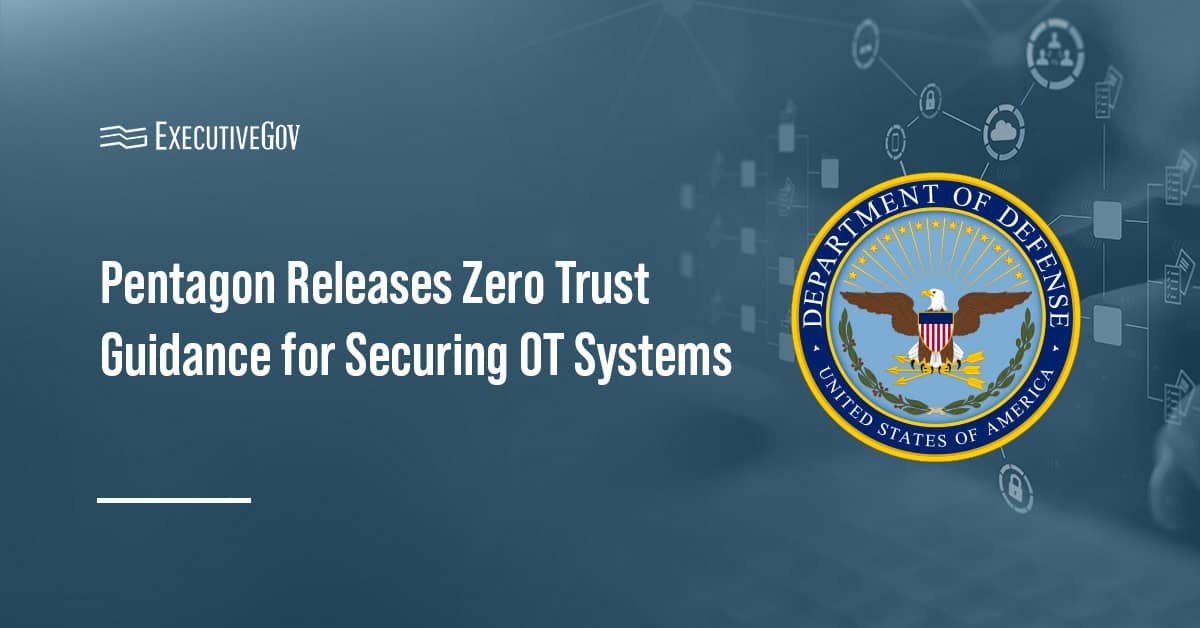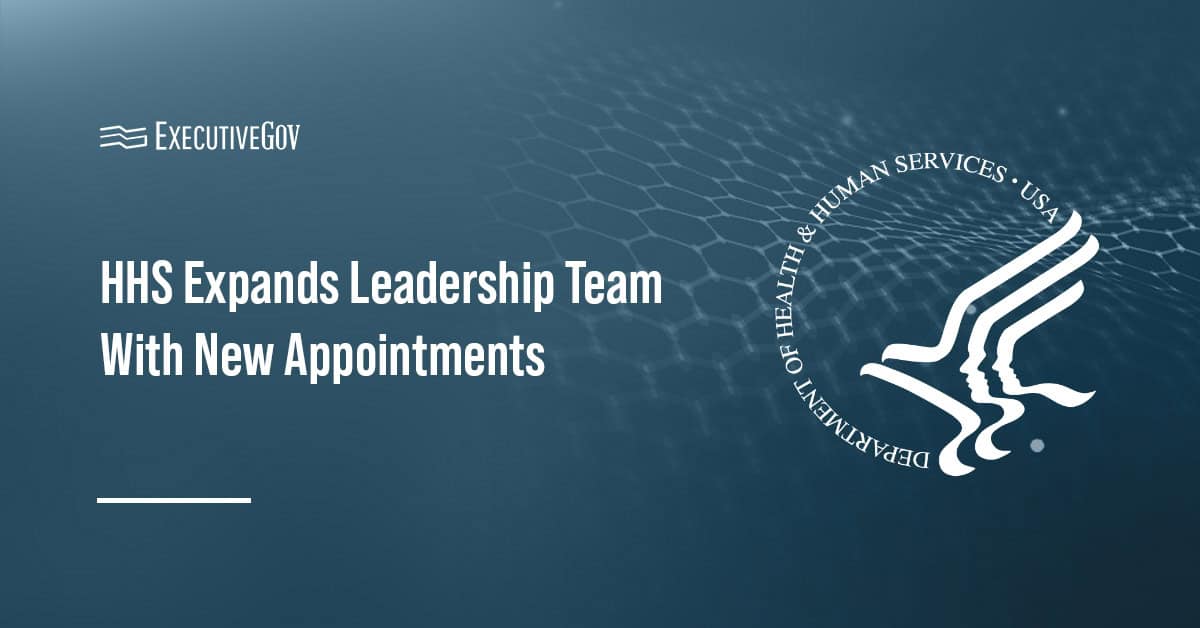 Gen. David Goldfein, Air Force chief of staff, has said the U.S. military should regard space as a joint warfighting domain instead of a unique area that only certain people understand, DoD News reported Tuesday.
Gen. David Goldfein, Air Force chief of staff, has said the U.S. military should regard space as a joint warfighting domain instead of a unique area that only certain people understand, DoD News reported Tuesday.Jim Garamone writes Goldfein told audience at a Defense Writers’ Group event Tuesday that he wants to “normalize” space operations and explore the potential space applications of land-, sea- and air-based constructs.
Goldfein added the integration of sea, air, space and cyber functions is key to future military success.
The general also noted he wants a stable defense budget to help the Air Force plan for long-term investments such as F-35 fighter jets, B-21 bombers, new tanker aircraft, nuclear modernization and space and cyber defense programs.





